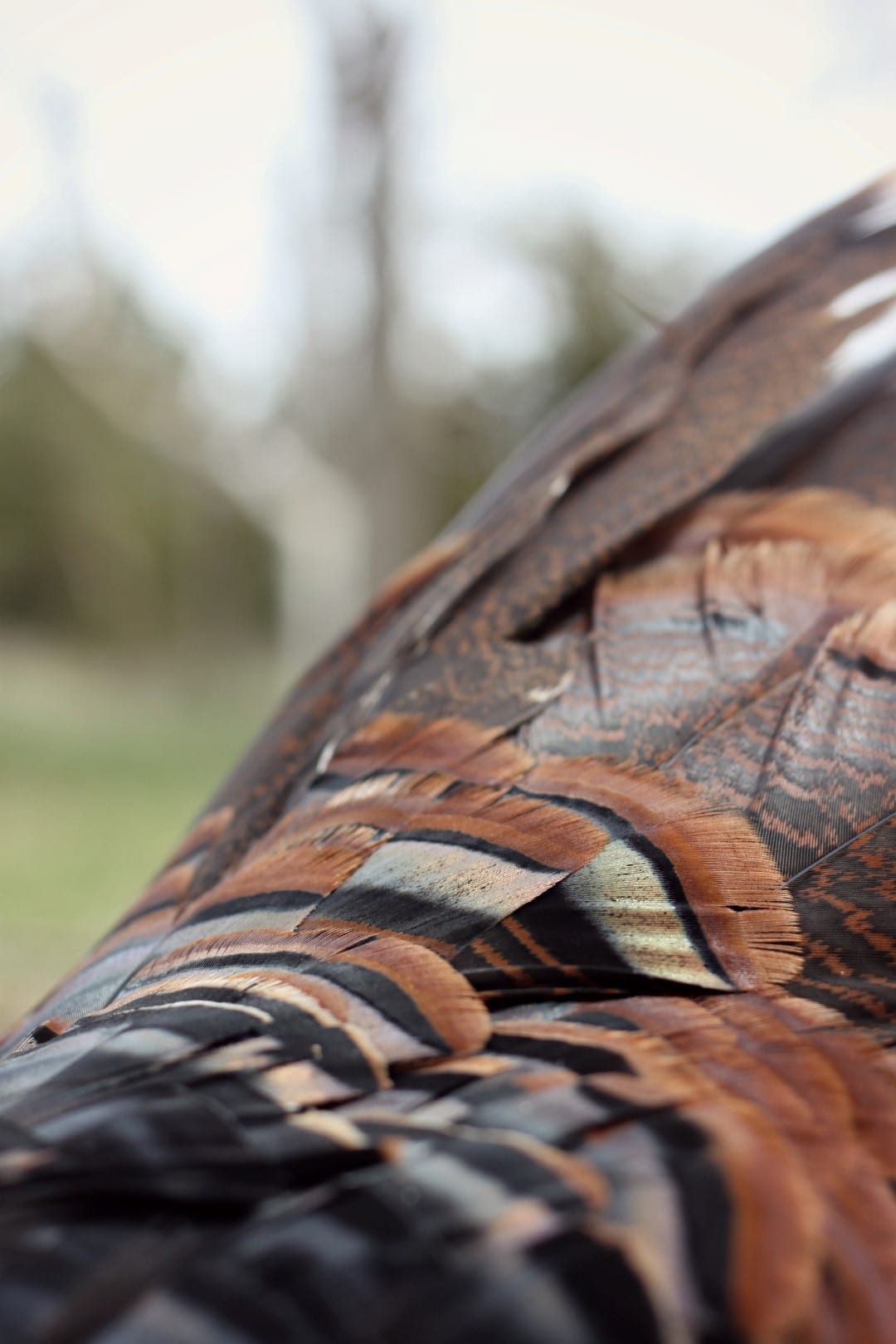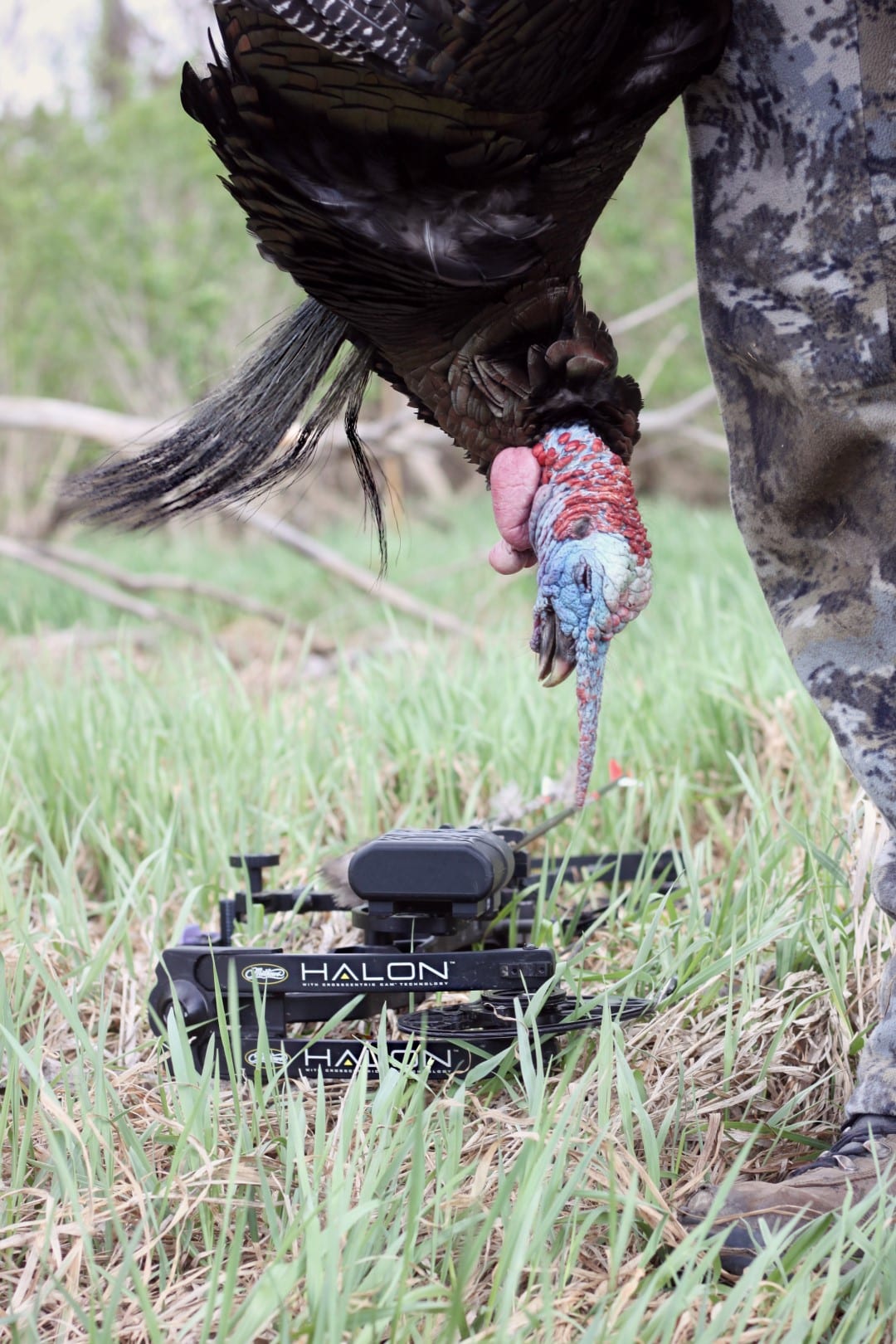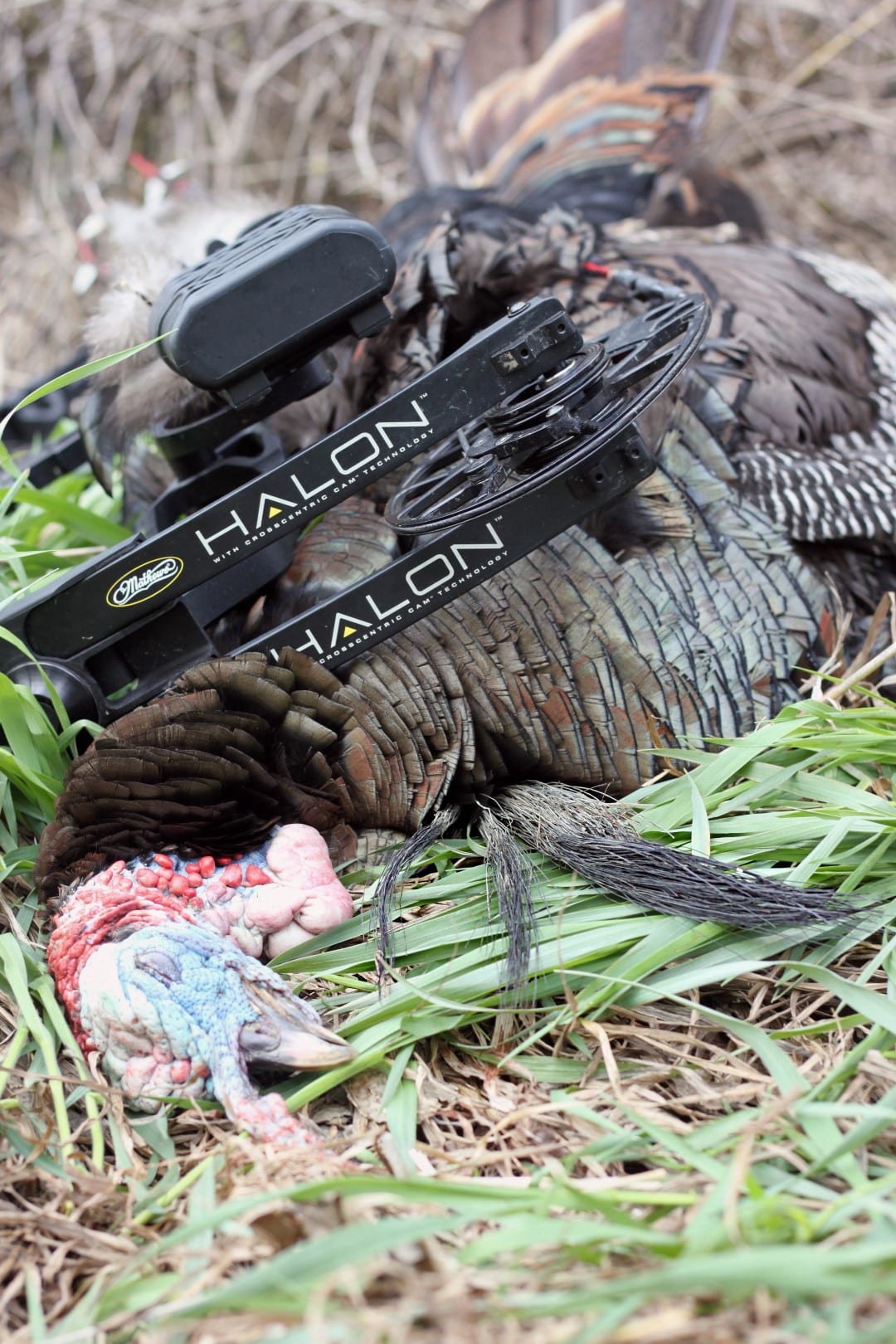Often deemed “the greatest conservation success story in North America,” I think we’ve all heard about the supposed near extinction of the wild turkey. Is it true, though? Was our favorite game bird nearly wiped out at one time?

Can you imagine springtime without the wild turkey?
I reached back into the turkey timeline to see if the now prosperous bird was really on the verge of dying out or not. It seems hard to fathom that the big game tag we’re so capable of drawing came close to never existing.
1600s – 1800s
When settlers first landed in the early 1600s, they quickly took to the big game hunting of North America. Just look at the main courses from the first Thanksgiving, which historians believe was deer, duck, and goose. While turkey wasn’t present, it was noted that the pilgrims did actively harvest them that year.
Turkey found its place, though, as they were looked upon to help sustain a growing colonist population. They were an easy target for fowl hungry settlers, and little for regulations existed on the birds for over a century. To top it off, habitat was disappearing as farm land took the place of dense forests and native grasses.
In 1813, Connecticut became the first state to lose its turkey population. Deer felt a similar fate, as whitetails became a rarity in New England due to large scale killings and harsh winters. The stress to expand westward meant other states were about to experience a similar shock.
1900s

These are the “good old days” for the turkey hunter.
By 1920, it was estimated that 18 of 39 states had completely lost their wild turkey populations. This left about 2% of the continents original 10 million turkeys, creating a problem that seemed unsolvable. However, a blessing in disguise was on the horizon with The Great Depression looming.
In the late 1930s, with a new war and incredibly tough farming conditions, farms became abandoned in favor of moving to cities. This forgotten ag land started to revert to its native look, allowing turkeys to claim new habitat.
In the 1940s, states started to take notice of the depleted turkey flocks. The first turkey management book was created, giving agencies a chance to learn about the disappearing species. Two primary methods for getting numbers up were identified: relocating wild turkeys and releasing pen-raised turkeys.
Turkey relocation hardly seemed feasible until the 1950s, when the first net cannon was used. This was more efficient than pole traps, but still a slow and intensive process for biologists.
The short term answer seemed to be releasing farm raised birds, as it allowed states quickly raise numbers. This practice came tumbling down in the 1970s, though, as it was discovered that nearly 95% of pen-raised birds failed to establish populations.

A true trophy in the world of the wild turkey.
For the next couple of decades, states regathered themselves and decided to focus on habitat restoration and turkey relocation programs. This two-pronged approach proved to be the key for the species, and by 1990 it’s estimated that 3.5 million turkeys were on the continent. We’ve now doubled that, with an estimated 7 million birds and huntable populations in every state, except Alaska.
Verdict: Fact
Turkeys were scarily close to going the way of the dodo. With an all-time low of about 30,000 birds left in 1927, and little to give the species hope, it looked like turkeys were doomed. While this number might not sound that small, when you put it in the context of todays concerned species, like the 25,000 polar bears or 50,000 African lions, its an eye-opening statistic.






